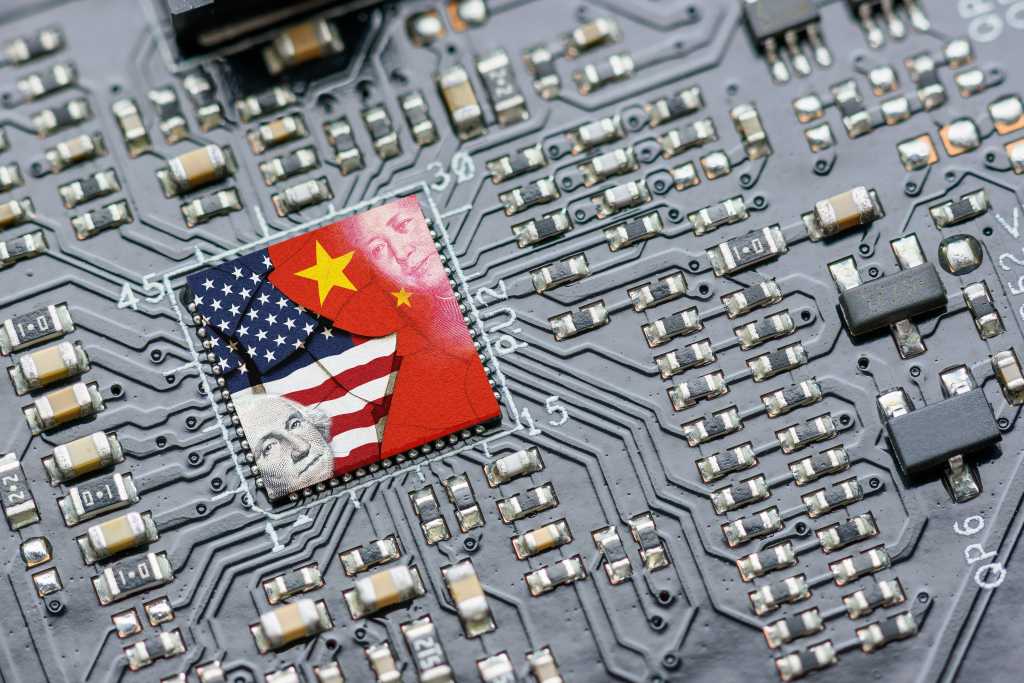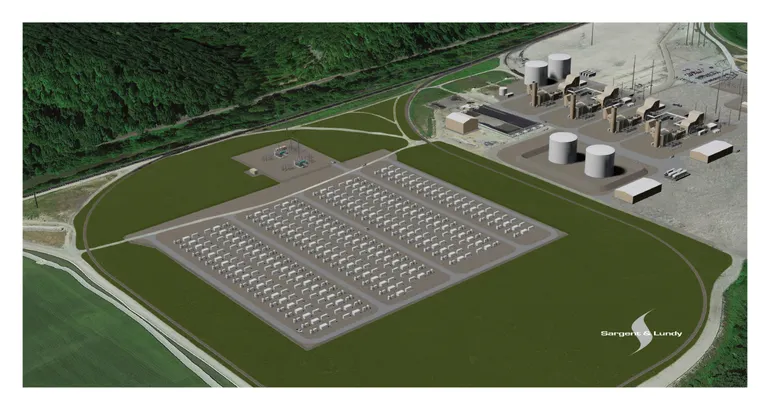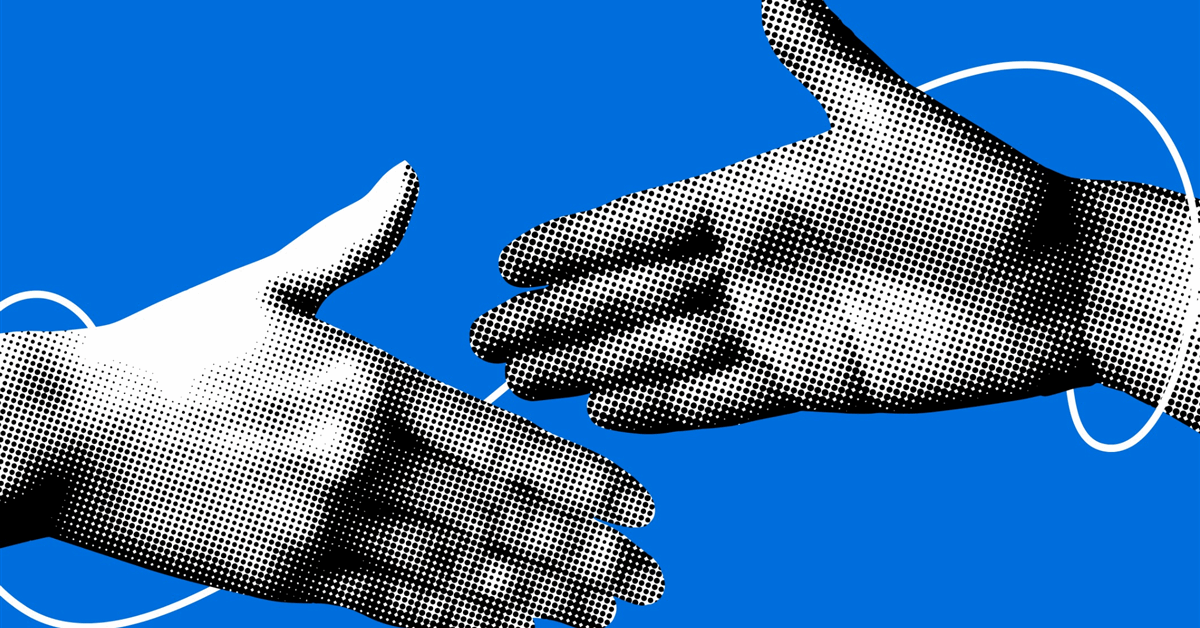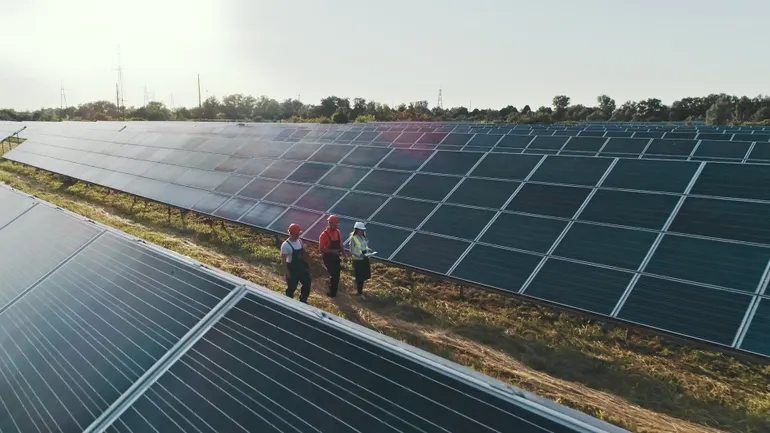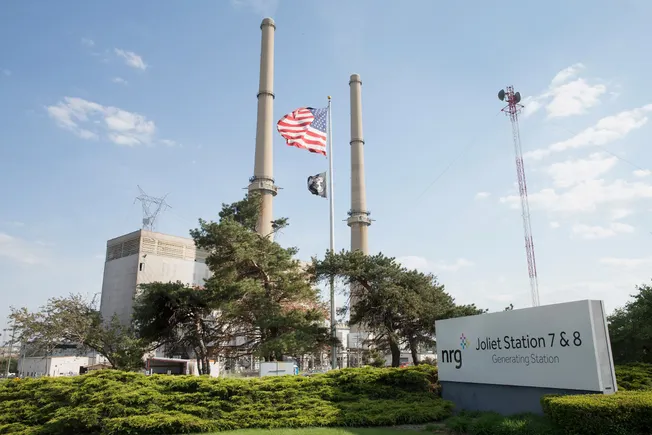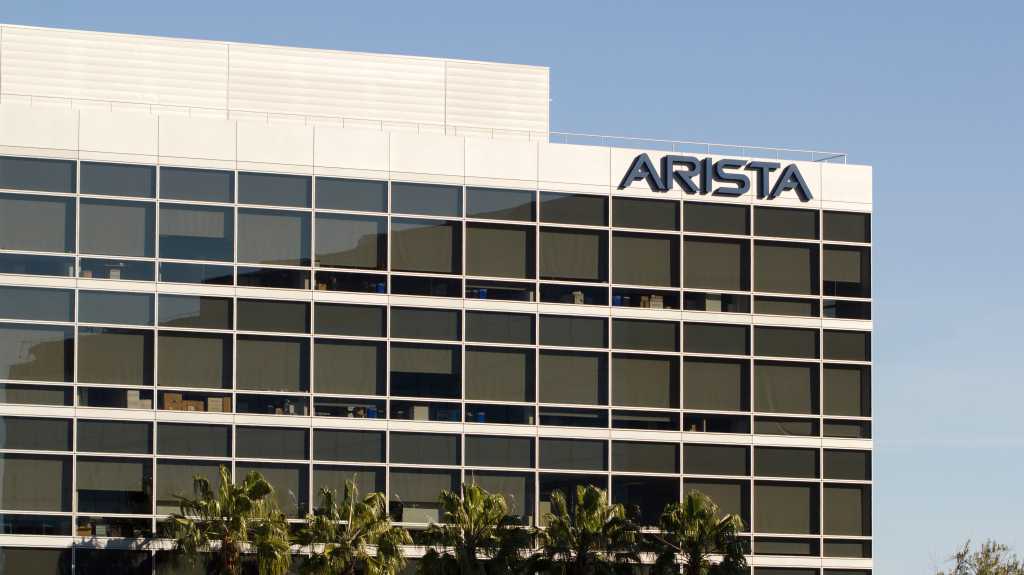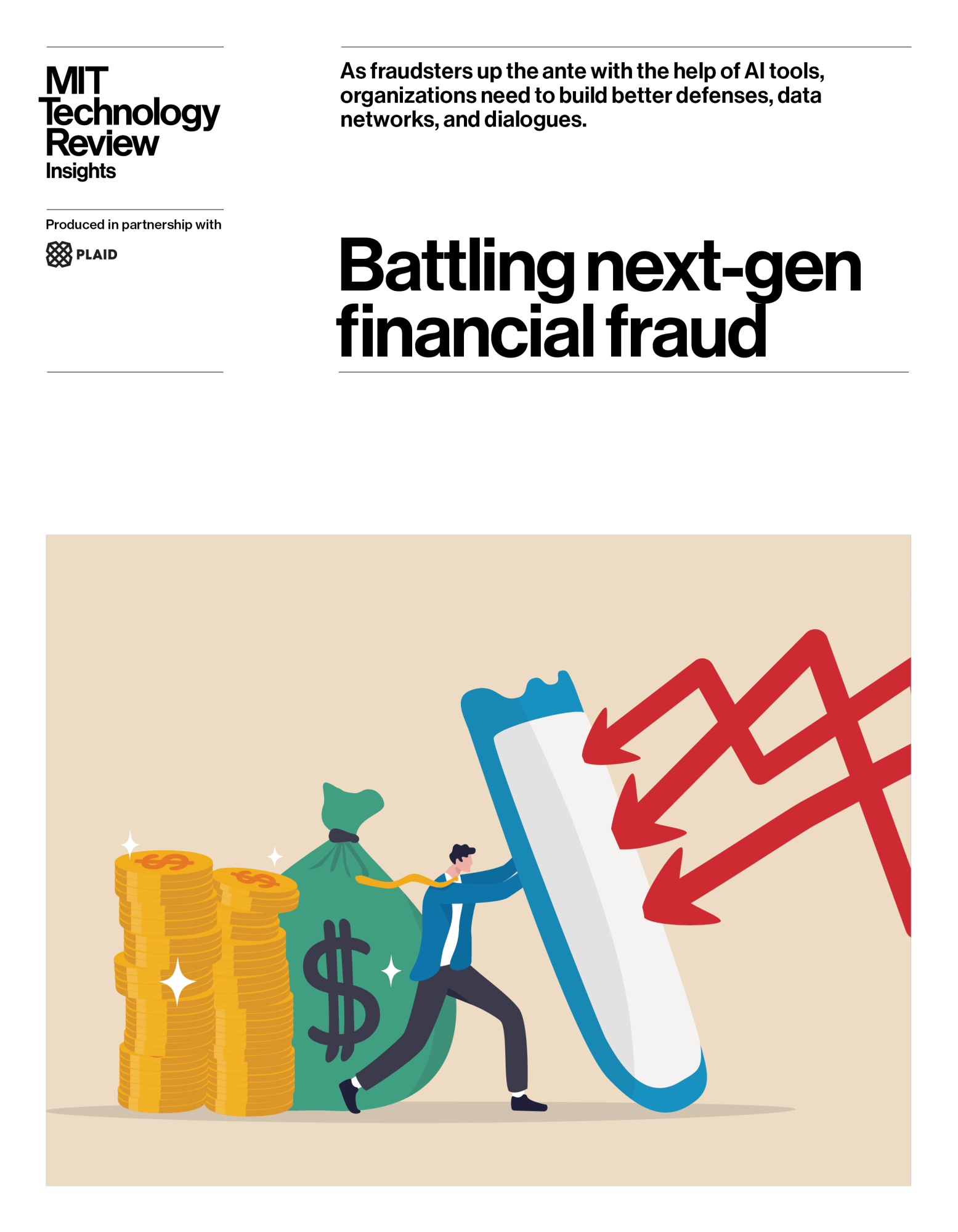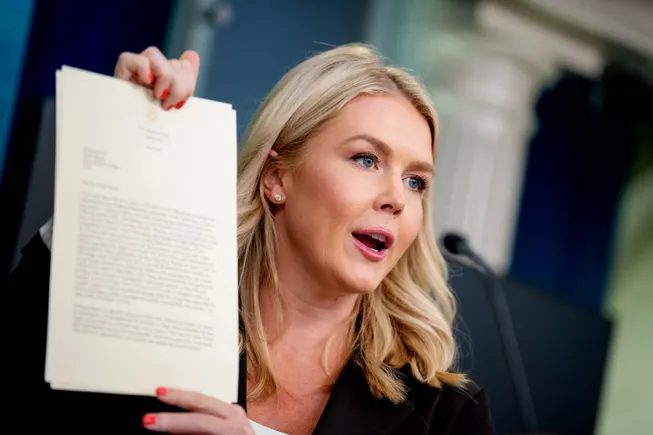
President Donald Trump on Monday began unveiling the tariff rates the U.S. will charge imports from certain countries following the expiration of a 90-day pause on country-specific levies.
Several countries on the list, including Japan, the South Korea and Thailand, are major suppliers to the U.S. of battery components and electrical transformers.
The rates, which range from 25% to 40%, are largely the same as those that were unveiled and then put on hold in April, but several changed. Japan’s proposed tariff rate went from 24% to 25%, while South Korea and Thailand remained at 25% and 36%, respectively.
Country-specific reciprocal tariffs slated for Aug. 1
Trump said that the U.S. would match any retaliatory tariffs, with any hikes made in addition to the rate detailed in a letter to each country. The president suggested that the tariffs could be lowered if countries provide greater market access to the U.S. and/or rescind certain tariffs and other trade policies.
“These Tariffs may be modified, upward or downward, depending on our relationship with your Country,” Trump said in letters sent to the countries this week.
Trump also signed an executive order Monday extending the 90-day pause, which was set to expire Wednesday, until the tariffs go into effect in August. The new timeline does not impact tariffs on China, which will remain reduced until mid-August per a separate agreement reached in May.
In the leadup to the pause’s end, Trump has said he has made deals related to tariffs and other trade activities with three countries, specifically China, the U.K. and Vietnam.
However, while specific provisions of the U.K. deal have been signed, the China pact still requires approval from both countries, while Vietnam has yet to confirm its own agreement with the U.S.



